The Prescience of Octavia Butler

The effects of climate change are reshaping America. Those with sufficient resources retreat inside protected communities. Those with even greater resources finance an exploratory Mars mission, presumably in an attempt to one day escape Earth’s destabilization. In the political realm, a populist presidential candidate denounces claims made by scientists, promising the electorate that he’s going to “return us to the glory, wealth, and order of the twentieth century.” This is life in 2024…Or at least it’s life in 2024 as imagined by the writer Octavia Butler 31 years ago…
The Visions of Octavia Butler | Interactive – the New York Times

(Octavia) Butler was not a climate scientist, a political pundit, or a Silicon Valley technologist…Somehow she knew this time would come. The smoke-choked air from fire gone wild, the cresting rivers and rising seas, the sweltering heat and receding lakes, the melting away of civil society and political stability, the light-year leaps in artificial intelligence—(she) foresaw them all…
Finding a Way Back to ‘Perfect Beach’ – the New York Times

On the northern coast of Puerto Rico — about an hour’s drive west of San Juan, off a wisp of a road threaded through dense green foliage — there exists a long, empty beach that has haunted my dreams for years. On Google Maps, it appears as Punta Caracoles Beach, but I have always thought of it as Perfect Beach…
A California Beach Town Is Desperate to Save Its Vanishing Sand – the New York Times
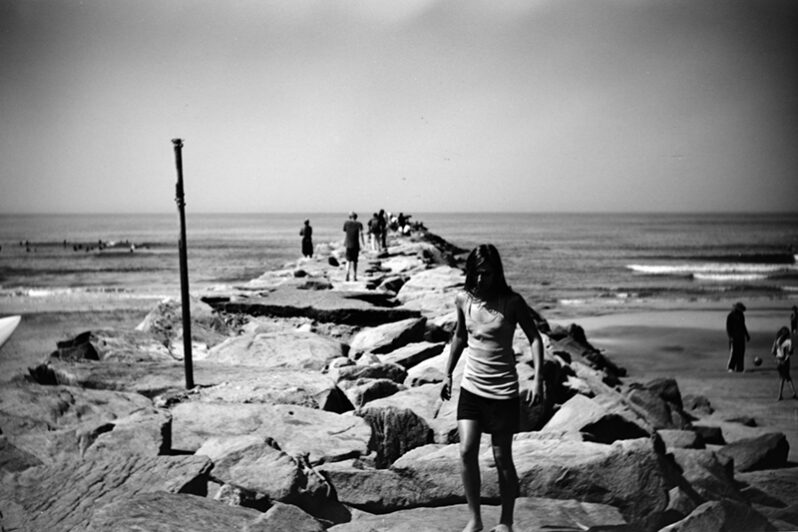
Sea-level rise and man-made projects have left Oceanside with precious little beach space. That’s a problem if coastal life is part of your city’s identity…
‘No Space for Us’: Greeks Fight Beach Takeover by Pricey Sun Chairs – the New York Times

It is peak tourist season in Greece, and on the pristine Monastiri beach on the northern tip of Paros island, a phalanx of lounge chairs with red umbrellas covers the sand. At 70 euros for a pair of front-row seats near the crystalline waters, less than half were taken on a recent day, as Greeks and tourists alike who did not want to pay instead sheltered from the sun under nearby trees….
There Might Be Less Plastic in the Sea Than We Thought. But Read On – the New York Times
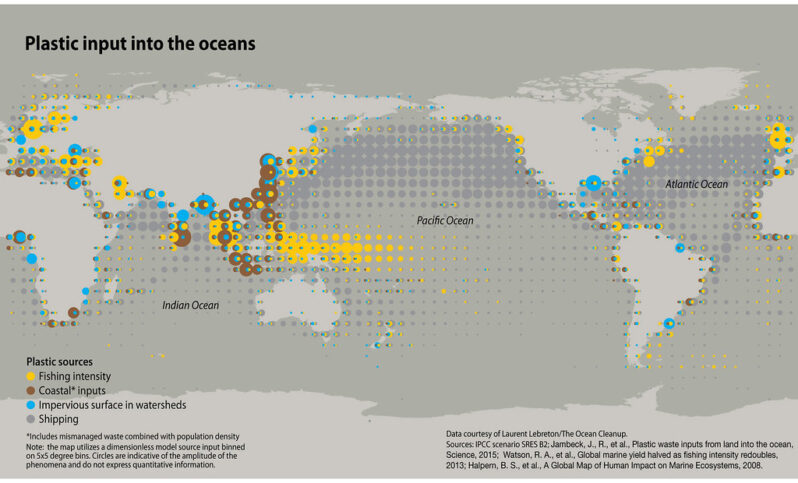
There’s less plastic pollution flowing into the ocean from land than scientists previously thought, according to a study published Monday in the journal Nature Geoscience.
The researchers estimated that about 500,000 metric tons of plastic end up in the ocean each year, with about half from land. The other half comes from the fishing industry in the form of nets, ropes, buoys and other equipment…
Opinion | Interactive: The Plan to Save New York From the Next Sandy Will Ruin the Waterfront. It Doesn’t Have To – the New York Times
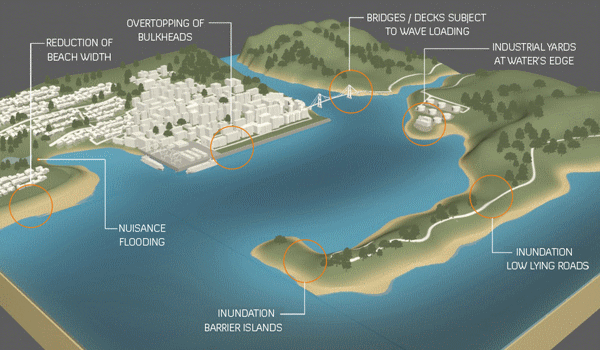
Last September, the U.S. Army Corps of Engineers unveiled its proposal to protect the greater New York and New Jersey metro area from the next catastrophic flood. It is an epic plan that includes dozens of miles of floodwalls, levees and berms along the shoreline and 12 storm surge barriers — arrays of movable gates — across entrances to waterways throughout the region.
The plan is estimated to cost a staggering $52.6 billion. It’s by far the most expensive project ever proposed by the Corps.
The trouble is that despite its great ambitions, the Corps’s plan demonstrates the shortcomings of relying on massive shoreline structures for flood protection…
What 120 Degrees Looks Like in One of Mexico’s Hottest Cities – the New York Times
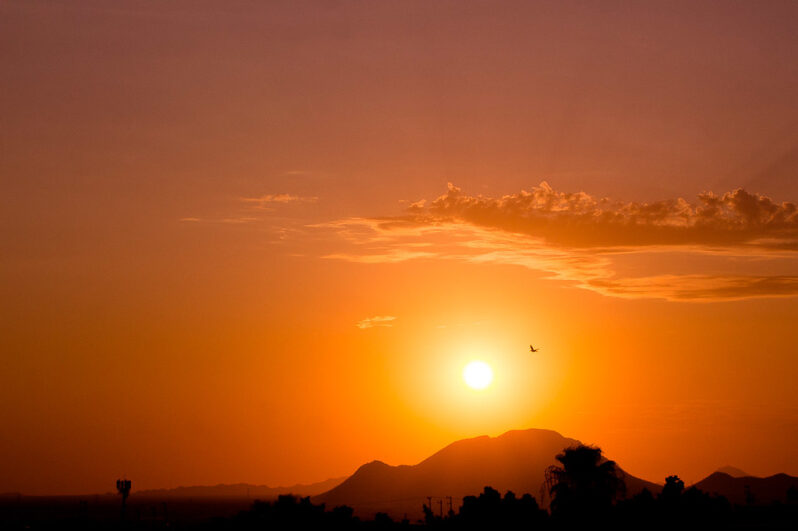
People in Hermosillo are used to the heat: Enduring scorching temperatures is a local point of pride (for) the “city of sun.” But on a recent Sunday in June, temperatures reached a record high when thermometers registered 49.5 degrees Celsius, or 121 Fahrenheit…
In the Bahamas, a Constant Race to Adapt to Climate Change – the New York Times
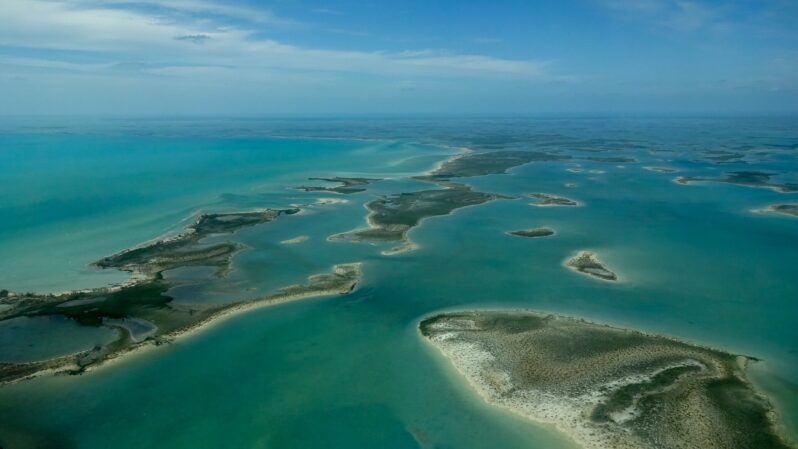
Rising seas and the ongoing threat of hurricanes and storm surges have forced the Caribbean nation to become a laboratory for climate adaptation.
At the United Nations climate summit in Egypt last year, Prime Minister Philip Davis of the Bahamas emerged as one of the most impassioned speakers among the more than 100 heads of state in attendance.
“We have to believe that a safer, better future is possible,” he told the gathering. “We believe that action — real, concerted action — can save the planet and save our human race…”
